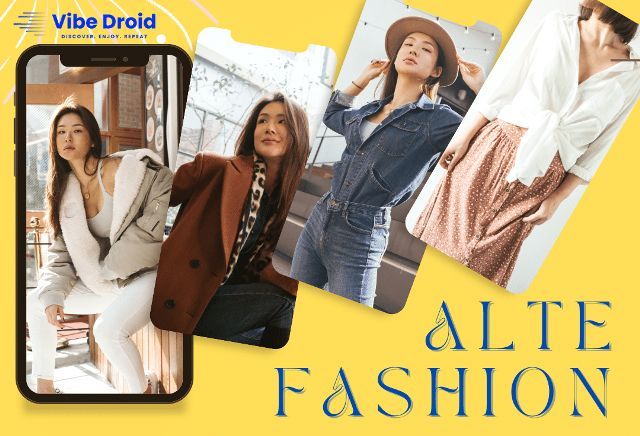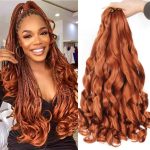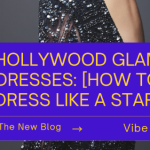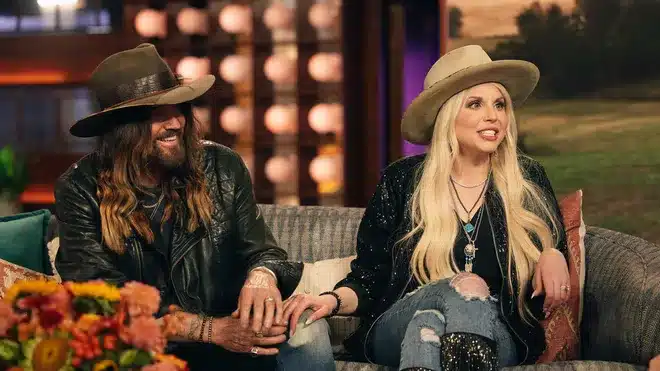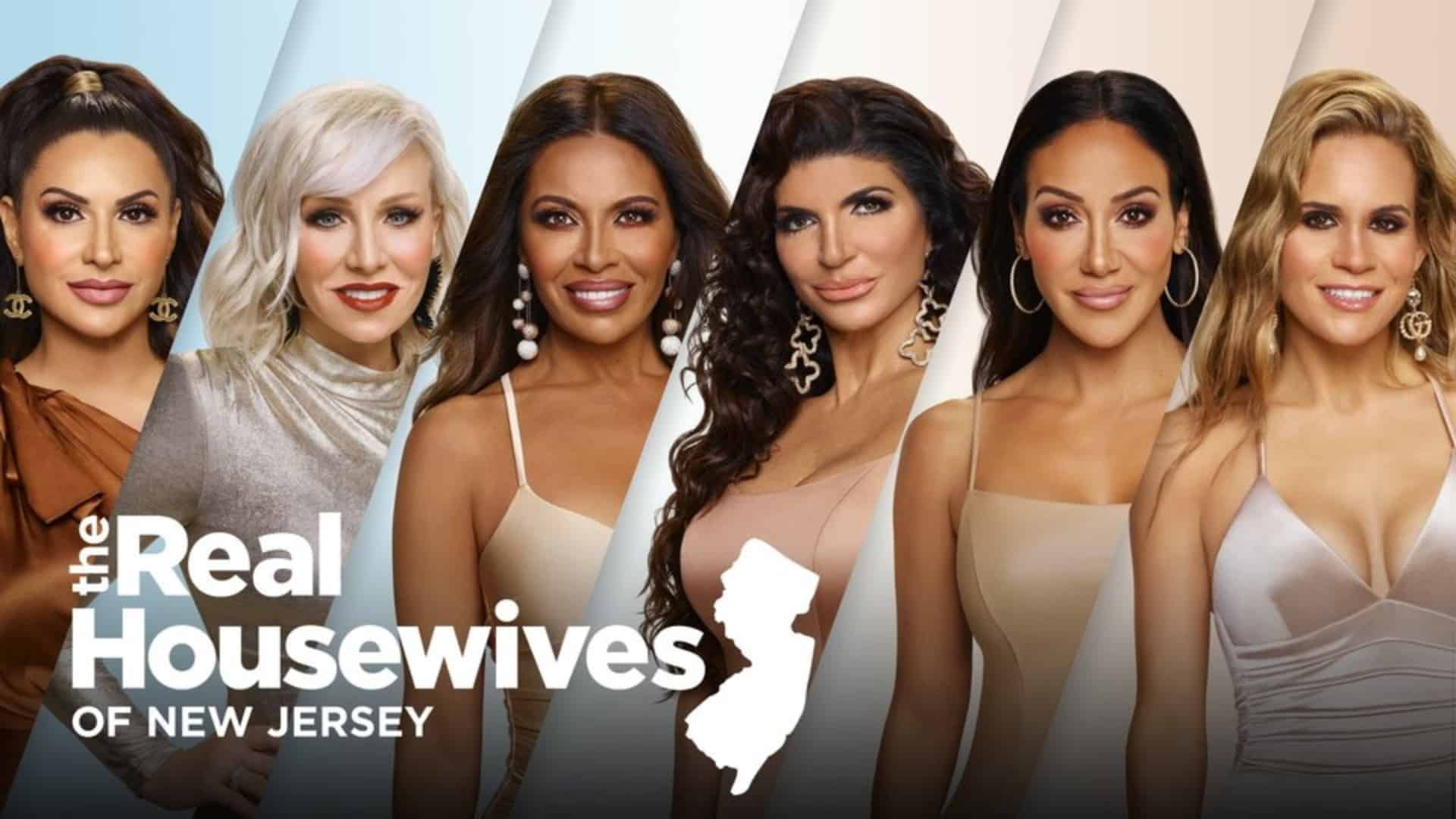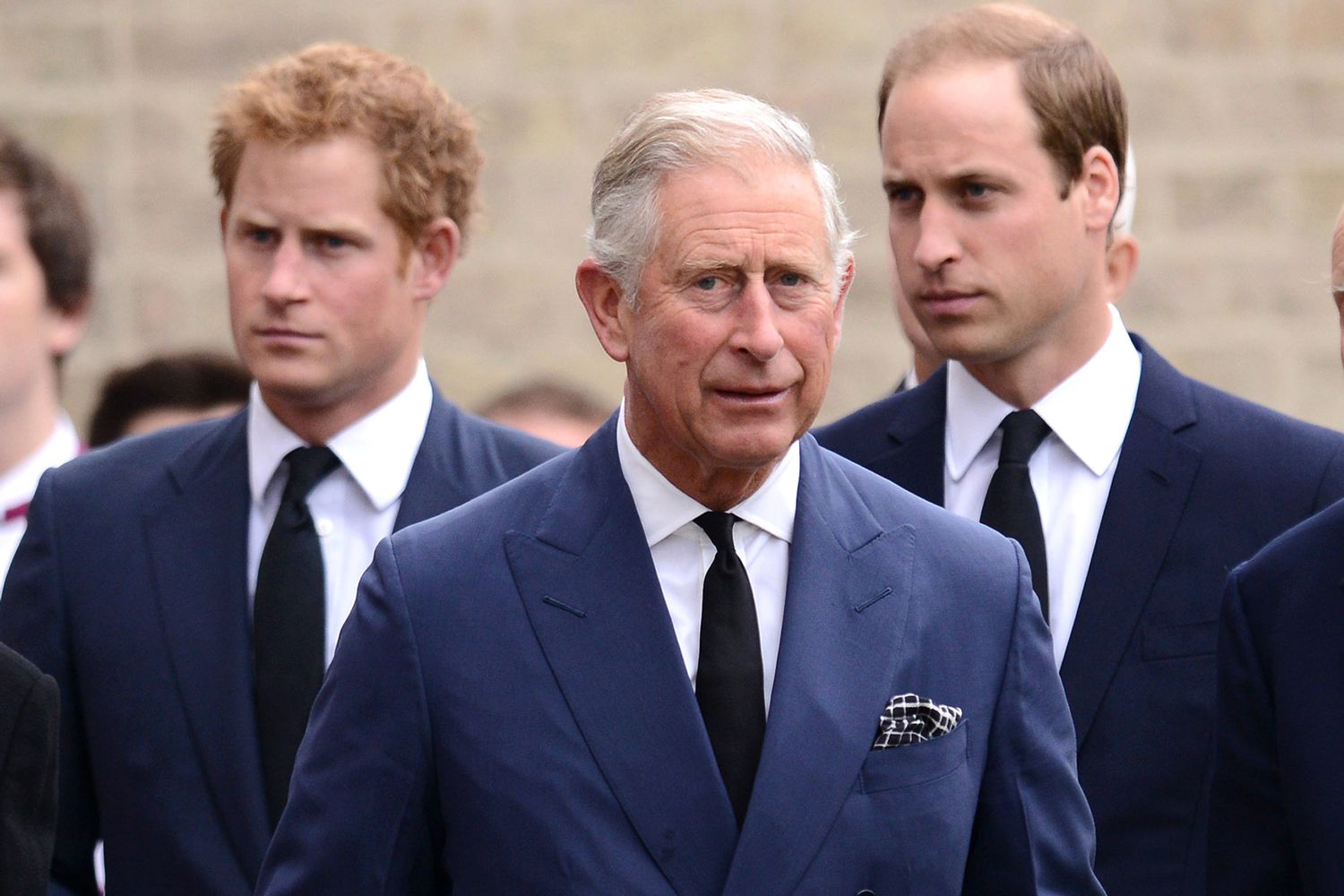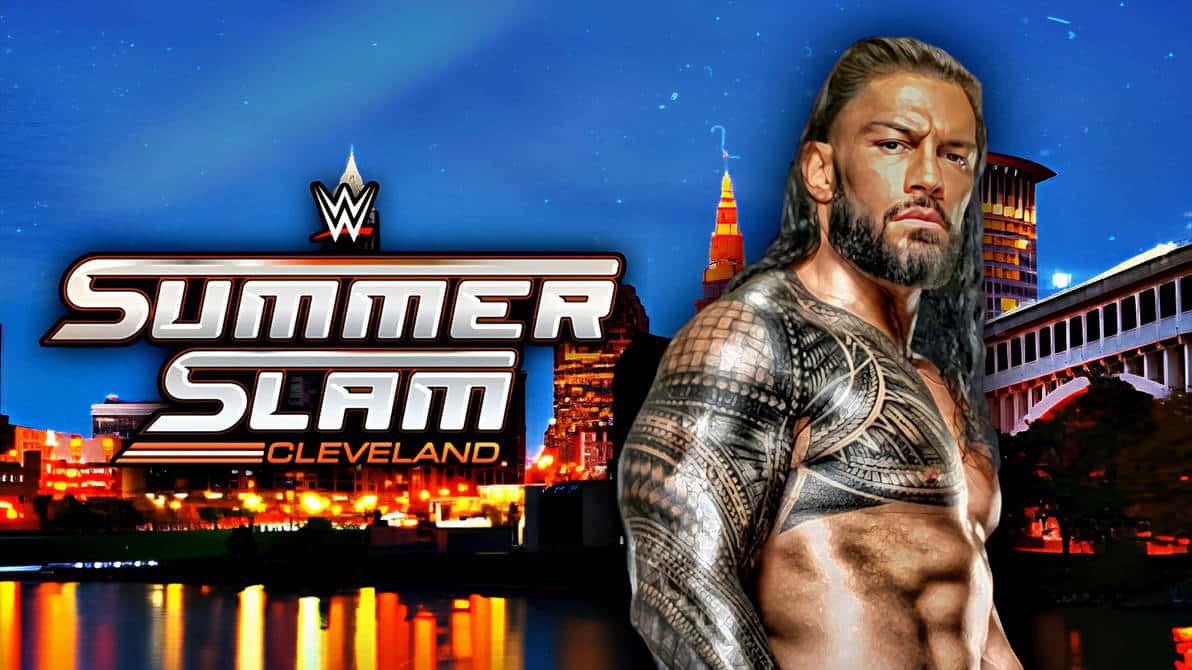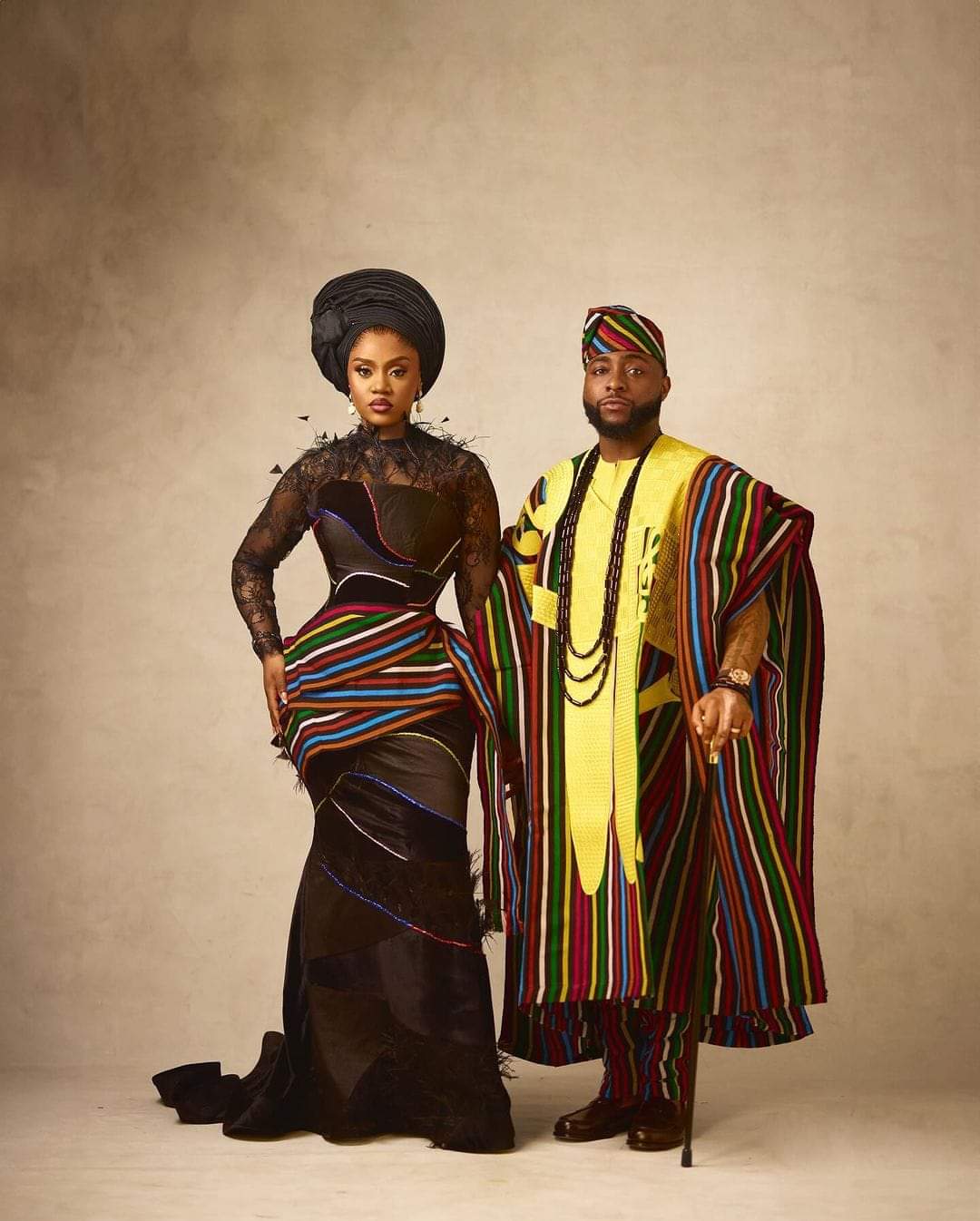Alte fashion, also known as Alternative fashion, is a style that combines traditional African influences with contemporary trends and often has a DIY (Do It Yourself), street style aesthetic. It is a fashion style that draws inspiration from African designs and aesthetics while incorporating modern elements. It is often characterized by bright colors, bold prints, exaggerated silhouettes, and gender-fluid designs.
The term “Alte” is an abbreviation for “alternative” and “elevated,” and the style is about celebrating individuality and rejecting conformity. It can be expressed through clothing, accessories, hairstyles, and makeup. 
Overview of the Alte fashion
Alte fashion has its roots in the Afrobeat music scene of the 1970s, which celebrated African culture and heritage. The style has since evolved and spread globally, becoming an important form of self-expression for young people of African descent.
Some key elements of Alte fashion include:
- Ankara prints: A colorful, geometric patterned fabric that is often used in Alte fashion designs.
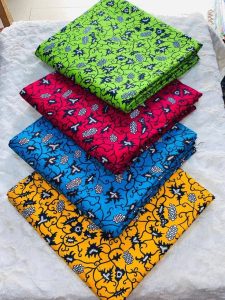
Ankara fabrics
- Kente cloth: A traditional African fabric made from interwoven strips of cloth, often featuring bold colors and patterns.
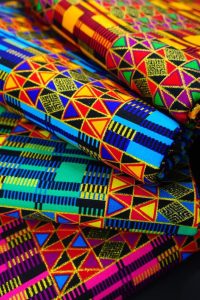
Kent’s fabrics
- Adire: A fabric made in Nigeria, often featuring indigo dye and tie-dye techniques.
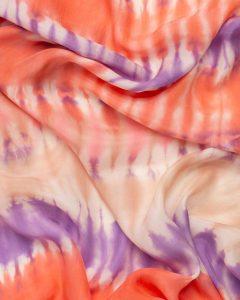
Indigo tie and dye material
- Batik: A wax-resist dyeing technique that is often used on cotton fabrics.
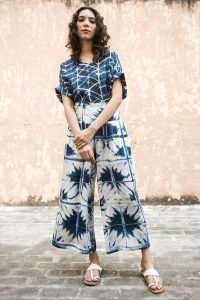
Batik cloth
- Natural fabrics: Alte fashion often uses fabrics like cotton, linen, and silk, which are more sustainable and ethical than synthetic fabrics.
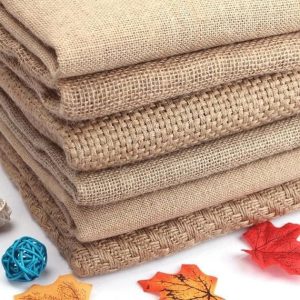
Natural fabric
- Local craftsmanship: Alte fashion celebrates traditional African craftsmanship and techniques, such as hand-weaving, embroidery, and hand-dyeing.
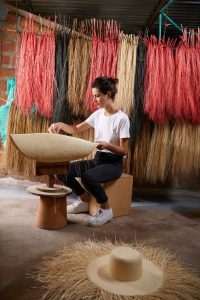
Locally made
- Accessories: Beaded jewelry, waist beads, and statement earrings are often worn as accessories with Alte fashion.
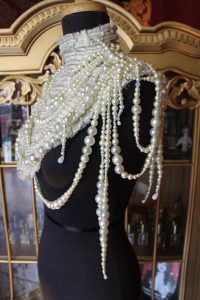
- Hairstyles: Alte fashion often incorporates braids, dreadlocks, and other natural hairstyles.
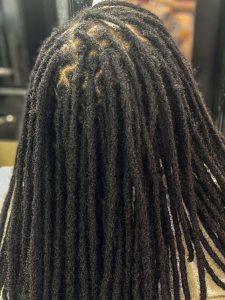
- Makeup: Bold eye makeup, lip colors, and face paints are often used to complete an Alte fashion look.
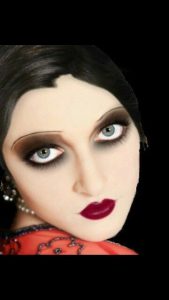
Alte fashion is about self-expression and embracing one’s cultural heritage. It’s a style that is constantly evolving and adapting to the times while maintaining its connection to the past. It’s a way of paying homage to African culture while also celebrating the creativity and originality of the present. In recent years, the rise of social media has helped to popularize Alte fashion and make it more accessible to a global audience. It has also allowed for more people to connect and share their own Alte fashion looks.
Origins of the late fashion movement
The origins of the Alte fashion movement can be traced back to the 1960s and 1970s, when the Afrobeat music scene was on the rise. The style emerged as a way for young people to express their pride in their African heritage and connect with their cultural roots. At the time, it was also a form of resistance against Western beauty standards and cultural imperialism. The movement gained momentum in the 1980s and 1990s, and in recent years has seen a resurgence with the rise of social media.
In the 1980s, the Alte fashion movement was further developed by Nigerian artist Fela Kuti, who popularized the Afrobeat sound and incorporated traditional African clothing into his performances. He also founded a commune in Lagos called the Kalakuta Republic, which became a hub for the Alte fashion movement. His use of traditional clothing and accessories, like the agbada robe, traditional hats, and jewelry, was a form of political resistance against the Nigerian government.
In the 1990s, Alte fashion began to gain popularity outside of Nigeria, thanks to the rise of Afrobeats and Afropop music.
Artists like Fela Kuti’s son Femi Kuti, Youssou N’Dour, Angélique Kidjo, and Salif Keita helped to bring the style to a global audience. The influence of these artists can still be seen in modern Alte fashion, with elements of traditional African clothing and accessories still being incorporated into contemporary looks. In the 21st century, social media has helped to further popularize Alte fashion and make it more accessible to people around the world. Platforms like Instagram and TikTok have allowed for the sharing of looks, inspiration, and DIY tutorials.
Major Influences of Alte fashion
The Alte fashion movement draws from a variety of influences, including traditional African clothing and accessories, as well as elements of Western fashion. The style is also heavily influenced by streetwear, hip-hop, and Afrofuturism. Afrofuturism is a cultural and aesthetic movement that explores the intersection of African culture and technology. This includes science fiction, cyberpunk, and Afro-futuristic fashion, which often features bold colors, futuristic silhouettes, and African-inspired prints. The style is also heavily influenced by global streetwear trends, particularly those from the US and Japan.
Related Posts
The three major influences of Alte fashion.
- Traditional African clothing: Traditional African clothing often incorporates bold prints, bright colors, and intricate patterns. These patterns are often inspired by nature, such as animal prints or geometric shapes. The clothing also often features symbolic and religious elements. For example, the Kente cloth of the Ashanti people of Ghana has symbolic patterns that represent proverbs or historical events.
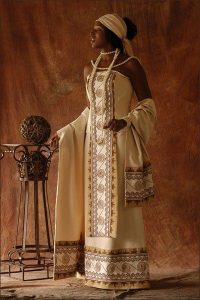
- Afrofuturism: Afrofuturism as mentioned earlier is a movement that combines elements of science fiction and African culture. It often features futuristic technologies and settings, but with an African perspective. For example, Afrofuturistic fashion might include elements of science fiction, like holographic fabrics or LED lighting, but it might also incorporate traditional African prints or jewelry. It can be a way to explore the future of Africa, while still honoring the past. Some notable designers who have explored Afrofuturism in their work include Duro Olowu, David Tlale, and Rich Mnisi. There are also some notable Afrofuturist films that have influenced the fashion world. For example, “Black Panther” was a major hit that inspired many designers to incorporate African-inspired patterns and prints into their collections.
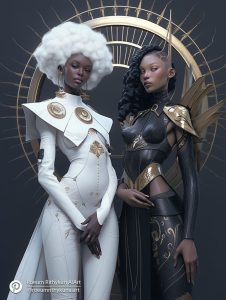
- Streetwear: Streetwear is a style of fashion that originated in urban areas, often influenced by youth culture and hip hop music. It often features athletic or casual clothing, like sneakers, hoodies, and baggy pants. However, it’s evolved over time and can now include high-end designer pieces, as well as vintage and secondhand items. Some notable designers who have worked in streetwear include Virgil Abloh, Kanye West, and Pharrell Williams. The streetwear trend has also influenced the high fashion world, with designers like Balenciaga, Vetements, and Off-White incorporating streetwear elements into their collections.
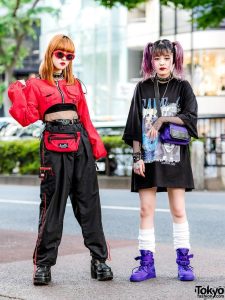
Characteristics of the Alte fashion
The key characteristics of Alte fashion are a mix of African-inspired prints and patterns, casual silhouettes, and bold accessories. It’s often considered a more eclectic and experimental style, as it’s not confined to one particular aesthetic.
The characteristics of Alte fashion can be broken down into three categories: prints, silhouettes, and accessories.
- Prints: Alte style often incorporates bold, vibrant prints inspired by African culture. These prints can range from traditional wax prints to colorful tie-dye designs. They can be used in a variety of ways, from clothing to accessories and even home decor.
- Silhouettes: The silhouettes in Alte fashion are often relaxed and loose-fitting, with a focus on comfort and ease of movement. Baggy pants, oversized shirts, and wrap dresses are all popular items in this style.
- Accessories: Accessories play an important role in Alte style. They often serve as a way to add a pop of color or texture to an outfit. Headwraps, ankara bags, beaded jewelry, and statement earrings are all popular choices. These accessories often incorporate traditional African symbols and motifs, like the Adinkra symbols or Nsibidi. They can also be used to tell a story or express an individual’s personal style.
The notable style icons and influencers in the Alte fashion movement
Some notable style icons and influencers who have embraced Alte fashion include Dua Lipa, FKA Twigs, and Jorja Smith. These artists have all incorporated elements of African culture into their personal style, while still embracing modern trends. They also serve as examples of how Alte fashion can be expressed through music and art.
Nigerian designer Mowalola Ogunlesi has been at the forefront of the movement, creating bold, statement pieces that fuse African prints with futuristic silhouettes. London-based labelMartine Rose is another notable designer, known for their gender-neutral approach to fashion. Other notable designers include Rich Mnisi, Kenneth Ize, and Thebe Magugu. These designers have all found success by embracing their African roots and reinterpreting them for a modern audience.
Current trends in Alte fashion
Right now, one of the biggest trends in Alte fashion is the rise of gender-fluid style. This is a style that blurs the lines between masculine and feminine, allowing for a more creative and expressive approach to fashion. There’s also a focus on sustainable and ethical fashion, with a growing interest in African textiles and traditional craftsmanship. Also, bold colors, like bright reds and yellows, are becoming more popular. And finally, there’s a growing interest in vintage pieces and thrifting, as a way to add unique pieces to a wardrobe.
Stores and online resources for shopping Alte fashion
If you’re looking to shop Alte fashion, here are some resources to check out.
- Jumia: This is an online marketplace that features a wide range of African designers.
- Vlisco: A leading retailer of wax prints and other African textiles.
- Shekudo: A Nigerian-inspired shoe and accessory brand that’s popular among celebrities and influencers.
- Maki Oh: A Nigerian fashion label known for its bold prints and modern silhouettes.
Tips for incorporating Alte fashion into your personal style
When it comes to incorporating Alte fashion into your personal style, the key is to start small and build up from there. You don’t have to go full-on tribal to embrace this style. Here are some tips for getting started:
- Incorporate small, statement pieces into your wardrobe, like a brightly colored scarf or a pair of beaded earrings.
- Try experimenting with bold prints and patterns, like the traditional Ankara print or Kente cloth.
- Play with layering and mix-and-matching pieces to create unique looks.
- Pay attention to the details, like accessories and embellishments.
- Consider how you can mix and match traditional African pieces with items from your existing wardrobe. For example, you could pair a traditional headwrap with a modern pair of jeans, or mix a graphic-print kaftan with a leather jacket.
Conclusion
With its mix of traditional and modern elements, Alte fashion is a style that’s perfect for anyone who loves to express themselves through fashion.
Alte fashion is sure to stand out from the crowd. In this article, we explored the history of Alte fashion, the key pieces that define the style, its key elements, and how you can incorporate it into your own wardrobe.

